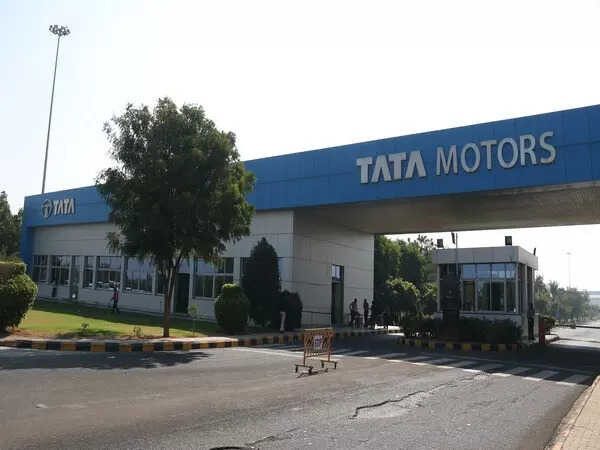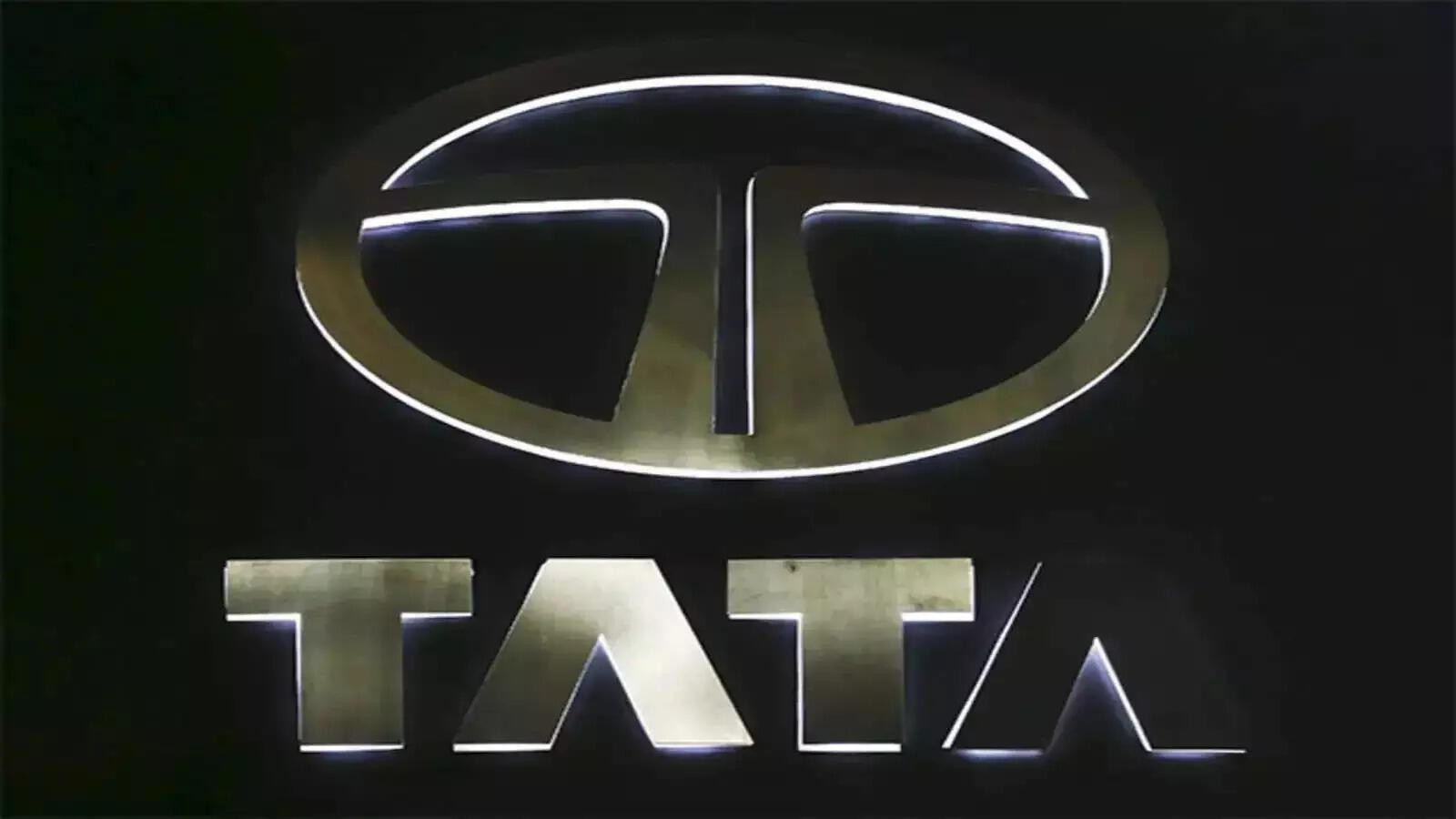Tata Motors is set to invest between Rs 33,000 crore and Rs 35,000 crore by FY30, launching seven new models as part of 30 product actions. Aiming for a 16% market share by FY27, including EVs, the company anticipates the Indian PV market to reach 60 lakh units by 2030.
Tata’s Big Bet: Is This the Electric Leap India’s Been Waiting For?
Okay, let’s talk Tata Motors. Not just about cars, but about the bigger picture – about India’s electric future and whether a homegrown giant can actually steer us towards it. Because they just announced some seriously ambitious plans, plans that could reshape the entire automotive landscape.
We’re talking a whopping ₹33,000-35,000 crore investment. That’s not pocket change, folks. That’s a statement. A declaration of intent. It’s Tata saying, “We’re not just playing in the EV game, we’re here to win it.”
Now, why is this significant? Well, India’s EV market is still in its nascent stages. While Tesla grabs headlines globally, the real battle for electric dominance here is just heating up. And Tata Motors, with its already strong foothold in the market, is positioning itself to be the undisputed champion. Think about it – they already have the Nexon EV, which is arguably the defining EV in India right now, at least in terms of volume. It’s the car that’s made electric vehicles accessible and, dare I say, desirable for a lot of middle-class Indians.
But this isn’t just about tweaking existing models or throwing a new battery into an old chassis. This investment is about building a future. It’s about developing completely new platforms designed from the ground up for electric vehicles. Imagine sleeker designs, improved performance, and longer ranges – all things that will be crucial in attracting a wider customer base.
And it’s not just about passenger vehicles. Tata’s clearly thinking about the entire ecosystem. They’re talking about investing in advanced technologies, battery manufacturing (potentially tying up with foreign players), and charging infrastructure. Because let’s be honest, owning an EV in India right now can be a bit of a logistical headache. Range anxiety is real, and reliable charging stations are still few and far between. By tackling these infrastructure challenges head-on, Tata could remove a major barrier to EV adoption and pave the way for mass electrification.
What’s particularly interesting is their focus on design and technology. They understand that EVs aren’t just about being eco-friendly; they need to be exciting, fun to drive, and packed with features that appeal to tech-savvy consumers. They’re not just selling a car; they’re selling a lifestyle, a vision of the future.
The scale of this investment also sends a powerful signal to the rest of the automotive industry. It’s a wake-up call, essentially saying, “Electric is here, and we’re taking it seriously. Catch up or get left behind.” This competition could be exactly what the Indian EV market needs to spur innovation and drive down prices, ultimately benefiting consumers.
Now, there are challenges, of course. Thirty-five thousand crore is a huge sum of money to deploy effectively. They need to execute flawlessly, manage their supply chain efficiently, and navigate the ever-changing landscape of government regulations and incentives. And competition is intensifying. Mahindra is making waves with its Born Electric range, and Maruti Suzuki, the undisputed king of the Indian market, is finally entering the EV arena. Tata can’t afford to rest on its laurels.
But here’s where I think Tata has a distinct advantage: its brand. Tata is a name that resonates with millions of Indians. It’s synonymous with reliability, affordability, and national pride. They have a built-in trust that many foreign brands lack. If they can leverage that brand equity to create compelling electric vehicles, they could be unstoppable.
This isn’t just about Tata’s success; it’s about India’s future. A successful EV revolution can reduce our dependence on fossil fuels, improve air quality, and create new jobs in the manufacturing and technology sectors. It’s a win-win situation for everyone.
So, while there are definitely hurdles to overcome, Tata’s big bet on electric vehicles is a bold and exciting move. It’s a gamble, yes, but one with the potential to pay off handsomely – not just for Tata Motors, but for the entire nation. Whether they can actually pull it off? Well, that’s the exciting part. We’ll be watching closely, and with a healthy dose of optimism. This could be the spark that ignites India’s electric revolution. Let’s hope they don’t fumble the opportunity.
📬 Stay informed — follow us for more insightful updates!







